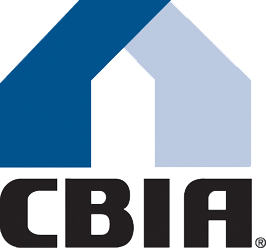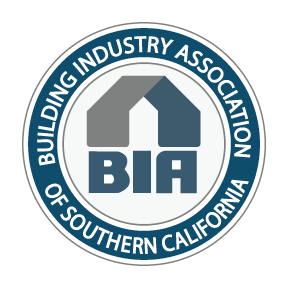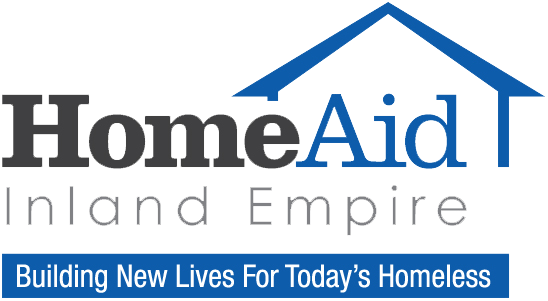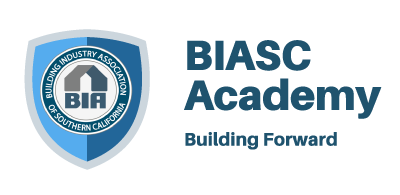Photo by Sasikan Ulevik on Unsplash
by Phillip B. Burum, DR Horton,
President, Building Industry Association (BIA) Baldy View Chapter
If you are a participant in the modern economy, you are part of the environmental movement. When the fifteen-year-old toaster browns it’s last piece of bread or that 20-year-old washing machine spins its last load, the American consumer replaces it with a new one. The replacement uses less water and less electricity and is, by nearly every measurable standard, a much more environmentally friendly version. Thus, the average consumer living his or her daily life without specific thought or deliberate action is doing a part to preserve and protect the environment.
Experts disagree on what steps should be taken to expedite this movement towards ‘green living’ but no one can disagree on the impressive strides made over the past few decades regarding production and consumption of more environmentally-friendly goods and services.
When asked to identify an environmental achievement in modern America, most will cite the prominence of the electric car or even low flow shower heads as obvious improvements to the way we consume our resources and interact with our environment. It always disappoints me that developers and homebuilders are not mentioned in that conversation.
New homes built in California today are nearly fifty percent more energy efficient than homes built in the 90’s and a home built today will use less than half of the potable water than that of a home built less than ten years ago.
Each year, America’s Builders seek new ways to improve the efficiency of the homes you will live in tomorrow. Energy Star-rated appliances, solar energy panels, induction cooktops, and tankless water heaters are just a few of the innovations homebuilders are incorporating into the modern California home. We have come a long way from the brilliance that inspired the low flow toilet.
Community planning, likewise, is almost entirely driven by environmental concerns and considerations. From density planning to orientation of the lot and home in relation to the sun and wind, land planners are a key component to bringing the modern neighborhood to life. The resulting community is not only less invasive than neighborhoods of the past but, in many cases, they are a direct benefit to the environment.
Before the first shovel hits the dirt, the plan for the new community has been studied by dozens of highly trained professionals, ranging from archeologists to water quality engineers. Each of these specialized professionals are charged with the responsibility of designing a safe and environmentally friendly neighborhood.
Simple additions to the land plans like engineered ‘bio swales’ may go unnoticed by homeowners, but they play a crucial role in preserving our water supply. These Water Quality Management Plan (WQMP) features may take the form of a narrow strip of land between non-permeable surfaces or may entail a more noticeable storm water retention basin. Whatever solution is employed, the goal of a WQMP feature is to filter water on site and, in many cases, retain water on site. When space is limited, creative engineers employ the use of Porous Asphalt or other permeable materials in place of traditional concrete or asphalt. Like the goals of bio swales and retention basins, these features are designed to capture larger volumes of storm and daily water run off locally to provide immediate filtration and direct recharge of water to our underground aquafers.
‘Adaptive Reuse’ is a trendy term that started appearing in land planning conferences at the turn of the century. The concept is not new but was born from the acknowledgement that infill development is more environmentally friendly than never-ending ‘sprawl’. The intent being to keep home life, work life and play life near the existing population of home, play and work life.
Among the potentially greatest environmental benefits of adaptive reuse, however, is the elimination of older buildings and their subsequent replacement with modern construction materials and technologies. Not only are newer buildings constructed with more environmental efficiencies, they also lack the hazardous materials that were once prominent in building construction, such as lead paint or asbestos, protecting our most precious human commodity (our health).
Replacing our aging housing stock, even one structure at a time, will have a greater positive impact on our environment than most would imagine. So, the next time you hear of a new community being planned ‘In My Back Yard’, say “Yes”.
Be a YIMBY rather than a NIMBY (‘Not In My Backyard’). It is an environmentally sound and practical approach to protecting and preserving our resources.
The BIA Baldy View Chapter seeks to advance the opportunity to attain the American Dream of home ownership. For additional information on home buying or the benefits of homeownership, go to www.biabuild.com on the web.
*****

















